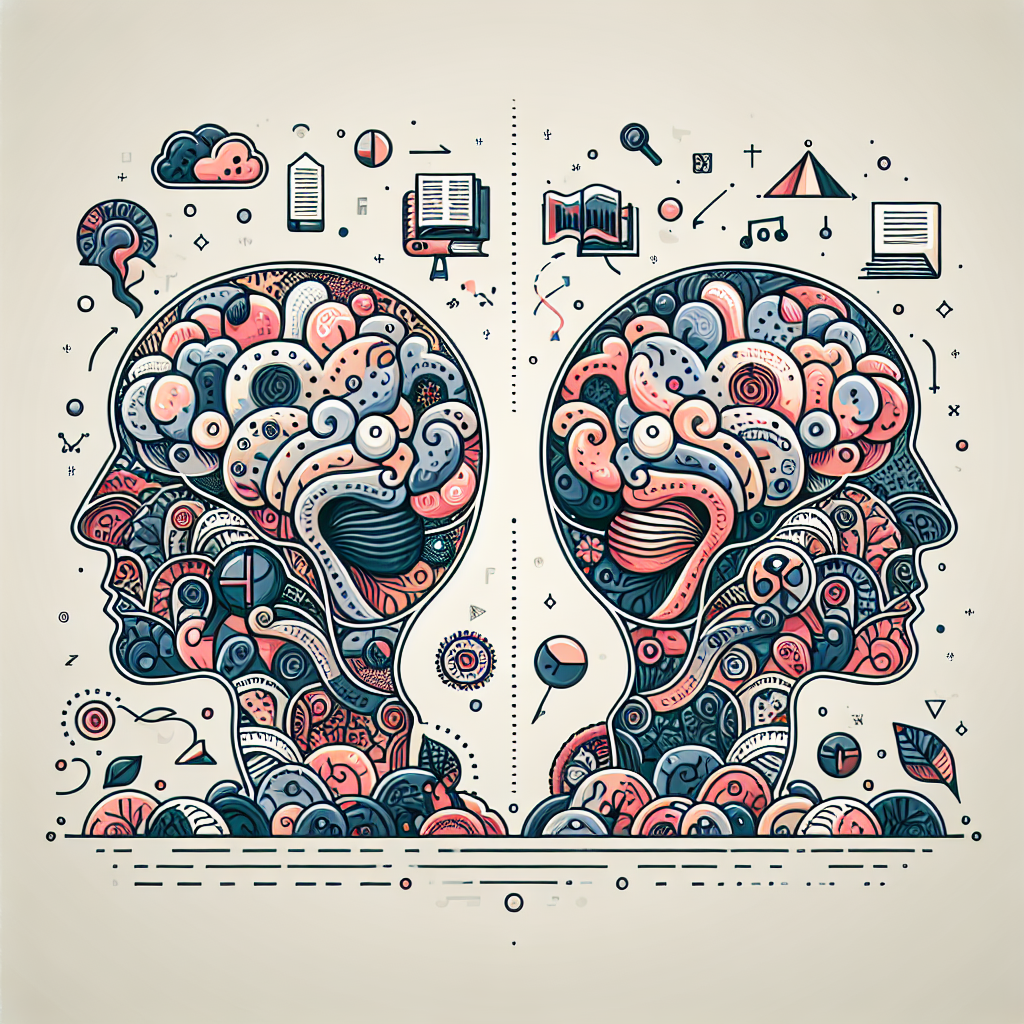Introduction
In our fast-paced world, the ability to relax and calm our minds has never been more essential. The pressures of daily life can accumulate, leading to stress and anxiety. However, understanding the art of relaxation and employing natural techniques can pave the way to inner peace and tranquility. In this article, we will explore various natural ways to help you unwind and foster a calm mind.
Why Relaxation is Important
Relaxation is not just a luxury; it is a necessity for maintaining mental health. When our minds are calm, we can think more clearly, make better decisions, and respond to life’s challenges with greater resilience. Scientific studies have shown that relaxation techniques can help reduce stress hormones, lower blood pressure, improve sleep quality, and even enhance mood.
Natural Relaxation Techniques
1. Deep Breathing
One of the simplest and most effective ways to reduce anxiety is through deep breathing exercises. Practicing deep breathing can activate the body’s relaxation response, promoting a sense of calm.
How to Practice: Find a quiet space, close your eyes, and take a slow, deep breath in through your nose for a count of four. Hold for a count of four, then exhale through your mouth for a count of six. Repeat this cycle five to ten times.
2. Mindfulness Meditation
Mindfulness meditation focuses your attention on the present moment, helping to quiet racing thoughts and foster a sense of peace. Regular practice can rewire your brain to respond to stress in a healthier way.
How to Practice: Sit comfortably with your back straight. Close your eyes and focus on your breath. If your mind wanders, gently bring your focus back to your breath. Start with just five minutes and gradually increase the time.
3. Progressive Muscle Relaxation
This technique involves tensing and then relaxing different muscle groups in the body, helping to release physical tension and promote mental calmness.
How to Practice: Sit or lie down comfortably. Begin with your toes, tensing them for five seconds, then relaxing. Move up through your body, tensing and relaxing each muscle group until you reach your head.
4. Nature Walks
Spending time in nature has been shown to reduce stress and enhance overall well-being. The sights, sounds, and smells of the outdoors can provide a multi-sensory experience that promotes relaxation.
Tips: Take a leisurely walk in a park, forest, or beach. Leave your phone behind and immerse yourself in the beauty around you.
5. Aromatherapy
Using essential oils can effectively create a calming environment. Different scents can have varying effects on mood and relaxation.
Popular Oils: Lavender is known for its calming properties, while chamomile and eucalyptus can also promote relaxation. Use a diffuser or apply diluted oils to pulse points.
6. Yoga
Yoga combines physical postures, breathing exercises, and meditation to create a comprehensive relaxation experience. It helps to cultivate both mental and physical well-being.
How to Practice: Find a beginner-friendly routine online or join a local yoga class. Focus on gentle movements and mindfulness rather than perfection.
7. Journaling
Writing down your thoughts and feelings can be a way to process emotions and clear your mind of clutter. It allows you to release pent-up thoughts and reflect on your day.
How to Practice: Set aside time each day to write in a journal. Focus on your feelings, what you are grateful for, or simply your thoughts and experiences.
8. Listening to Music
Music can affect our mood and mindset significantly. Calming music can help lower heart rates and reduce stress.
How to Use: Create a playlist of calming or instrumental music and listen when you need to unwind.
9. Herbal Teas
Certain herbal teas, such as chamomile, lemon balm, and peppermint, are known for their soothing effects and can be a wonderful ritual for relaxation.
How to Use: Brew a cup of herbal tea in the evening and take a moment to enjoy the warmth and aroma.
10. Limiting Screen Time
In an age dominated by screens, taking a break from technology can greatly alleviate stress and anxiety. The constant barrage of notifications and information can overwhelm our senses.
Tips: Set a specific time each day to unplug from screens—perhaps an hour before bed. Use this time to unwind through reading, meditation, or other relaxing activities.
Creating Your Relaxation Routine
Integrating relaxation techniques into your daily routine can have profound benefits. Consider the following tips to create a personalized relaxation plan:
- Start Small: Incorporate one or two techniques at a time.
- Set a Schedule: Designate specific times for your relaxation activities.
- Stay Consistent: Regular practice leads to lasting benefits.
- Listen to Your Body: Pay attention to how different techniques make you feel and adjust accordingly.
Conclusion
The art of relaxation is essential for maintaining a balanced and healthy life. By experimenting with various natural techniques, you can discover what works best for you. Remember, relaxation doesn’t need to be complicated; sometimes, a simple breath or a moment spent in nature can work wonders. Prioritize your mental well-being, and embrace the journey towards a calmer, more peaceful mind.
FAQs
- What is the best time of day to practice relaxation techniques?
- Morning or evening are often ideal times, allowing you to start the day positively or wind down before bed. However, it can be beneficial to practice whenever you feel stressed.
- How long should I practice relaxation techniques?
- Even a few minutes can be effective. Aim for at least 5 to 10 minutes daily, gradually increasing as you become more comfortable.
- Do I need any special equipment for these techniques?
- No special equipment is required for most relaxation techniques. However, a yoga mat, journal, or calming music may enhance your experience.
- Can children practice relaxation techniques?
- Absolutely! Many techniques, like deep breathing and yoga, can benefit children and teach them valuable skills for managing stress.
- How do I know which relaxation technique is right for me?
- Experiment with different techniques to discover what resonates with you. Pay attention to how you feel after each one and adjust according to your preferences.





